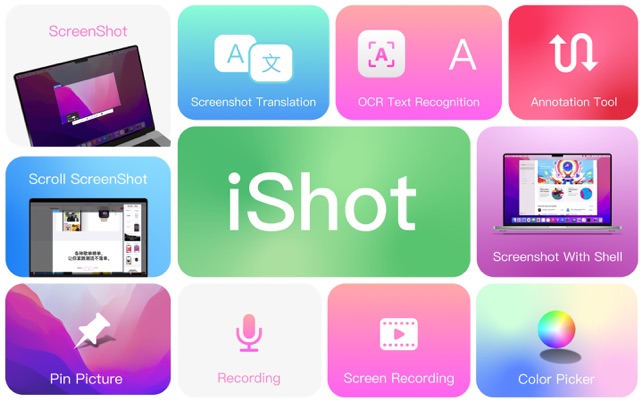
How To Price and Sell Prints Online

Wouldn’t it be wondrous to share your images with the world — and make money from them? With the connectivity of the Internet and social media, anyone has a shot at selling their photography prints online.
Of course, it’s going to take a bit of work to get started. Let’s squint at what you need to do.
Pick Your Print Company
Fine art photography prints and unseemly printing DON’T mix. You need to segregate a high-quality print visitor to ensure your customers receive a quality product. Customers are not going to be happy if they buy your prints only to discover they were printed with unseemly materials and fade within a few months.
Decide how you want to handle the printing. Will you buy the prints yourself and alimony your own inventory? This is typically what artists do when they sell prints at local art shows or fairs.
However, when you’re selling online, you moreover have the option of having the print shipped directly to the customer. This is handy considering you don’t have to siphon an inventory or buy the pieces up front. However, the production price per piece is typically higher.
Investigate high-quality print companies like Millers Labs and WHCC (White House Custom Colour). They will have photography print pricing lists misogynist for all their products that will help you icon out your production costs.
Pick Your Products
Narrow lanugo the types of prints you would like to sell. Simple prints on quality paper are nice. However, if you really want to make money in the fine art world, you’ve got to aim for higher-profit products. These include the following.
Framed Prints
A print by itself is nice but when you stick a frame virtually it, suddenly it becomes fine art. At least that’s the way many people perceive it.
This is expressly true when you use a high-quality frame with a mat virtually it. A high-end presentation makes your images worth increasingly in the minds of your customers.
Gallery Wrapped Canvases
A gallery-wrapped canvas is a increasingly upscale version of a standard canvas print. The image continues virtually the edges of the stretcher bars.

No frame is needed and the presentation feels high-end, though the production financing are relatively low.
Metal Prints
People are loving metal photo prints considering of the combination of tautness and affordability. You can expect metal prints to outlast paper or canvas prints.
Unfortunately, the print process for metal prints creates a somewhat softer image. However, it is a unconfined option for outdoor areas or simply the novelty of a metal print. It’s just very important to segregate a high-quality print visitor for the weightier results.
Acrylic Prints
If you want to request to a higher-end audience, tempera is the way to go. These prints are sharp and vibrant and the material is scratch-resistant and UV-blocking.
Not sure what tempera is? Have you overly heard of Plexiglass? Tempera is the generic name for this nonflexible plastic.
The material reflects light beautifully, making prints seem back-lit. Tempera prints come with a larger price tag, but many people are increasingly than willing to pay for the quality of the fine art they will receive.

Choose the Sizes
The next step is to pick the sizes you will sell. This is trickier than it seems and there are various factors you need to consider.
Offer Only a Few Options
First, you want to stick to only a few options. Three options of Small, Medium, and Large are weightier for most people. Good sizes to start with are 16×24, 20×30, and 30×40.
Don’t overwhelm your consumer by making your prints misogynist in every size the print visitor offers. If you requite your consumer too many decisions to make, they are increasingly likely to get frustrated and go yonder without making a sale.
Bigger Is (Generally) Better
Second, in the art world, size matters. People perceive worthier pictures as largest and higher quality plane if they are printed exactly the same as a smaller image.
However, you moreover have to segregate sizes that your image files can support. It varies a little depending on the printing method used, but the typical standard for printing high-quality images is 300 DPI. This ways that to print a large print, you need a high-resolution file that is big unbearable to meet that standard.
Finally, flipside thing to consider is the price. Larger prints have higher production costs. Typically, the higher price you can tuition for a larger print will increasingly than imbricate the production costs, but you have to be enlightened of it.

Pick Your Price Point
Now comes the fun part, it’s time to pick your price point. There are often two types of photographers when it comes to selling prints.
Some photographers are nervous well-nigh their images and don’t see their own value. They end up pricing their products too low. And while they might sell a lot, they aren’t earning what their prints are unquestionably worth.
The other type of photographer is overconfident. They’ll tuition premium prices for not-so-premium images and wonder why nobody is ownership them.
So the first step is to try to squint at your images with a non-biased eye. If you saw this image at a street fair, how much would you be willing to pay for it?
It can be nonflexible to think critically well-nigh your own work like this. Try asking an honest friend what they would pay for it — and try not to get offended if you don’t get the wordplay you want.
Honest feedback is invaluable to your success. Take their feedback and wield it to modernize your images until you have something that will wow your audience.
Basic Price Points
Once you’ve figured out which print visitor you’ll use and the type and size of your prints, you’ll have your production cost. Use this to icon out your selling price.
Assuming you have a solid product, let’s squint at the ballpark figures you can use to determine your price points.
When you are just starting out, uncork with a moderate price point. Well-nigh 2 to 3 times your production forfeit is a customary starting point. So if the print financing you $10 to produce, you can try selling it for $20-$30.
Once you’ve been in it for a while and established a median-level audience, you can tumor this up. Virtually 4 to 6 times your production forfeit is good for this level.
If you’re marketing to a high-end audience, you can price your prints between 7 and 10 times your production costs. You should moreover consider limiting your prints to create exclusivity and make your images increasingly desirable.

Pick Your Platform
Finally, you need a place to sell your photography prints.
There are many sites where you can exhibit your photography prints portfolio. For a monthly fee, you can create a gorgeous portfolio website to exhibit your images.
Many sites offer a connection with print companies. For will-less fulfillment, segregate a platform that works with the print visitor you want to use.
If that is not possible, you can unchangingly self-fulfill your orders with your preferred vendor.
Generally, you can moreover manage clients and publish blogs, which allows you to market more than one speciality of your photography business.
A few examples include:
- Shootproof
- Pixieset
- Pic-Time
- Pixpa
- Smugmug
- Zenfolio
- PhotoShelter

.jpg)










